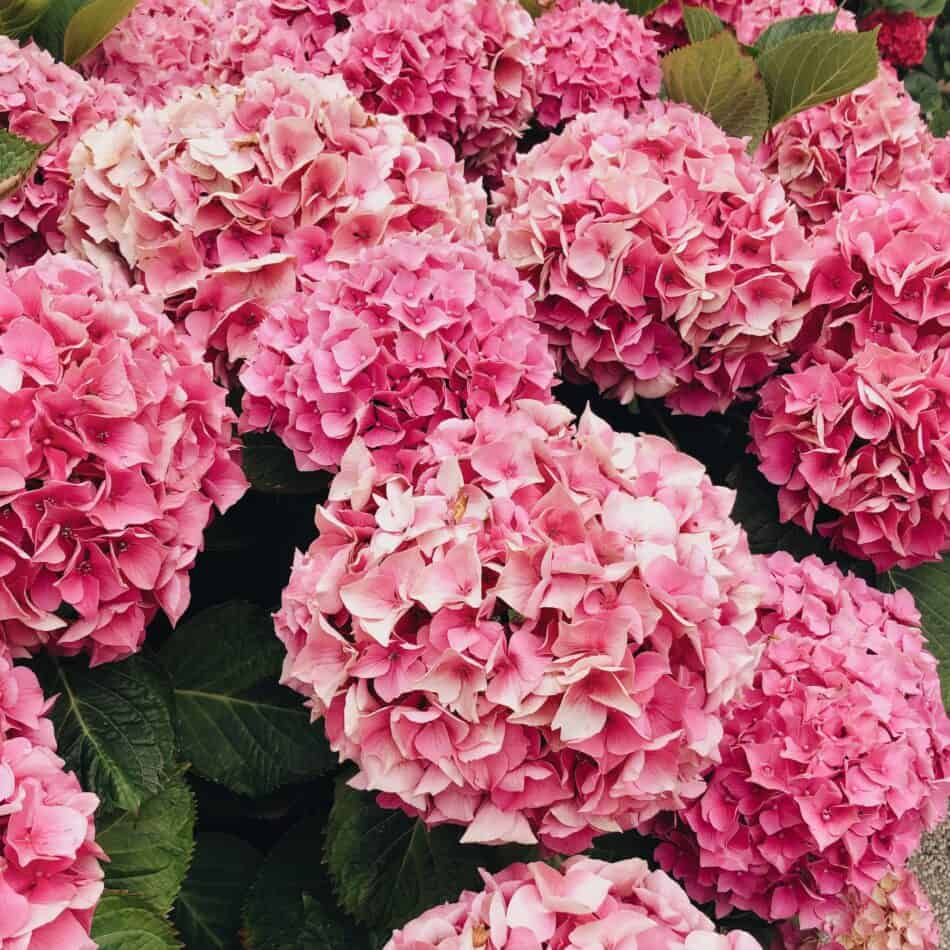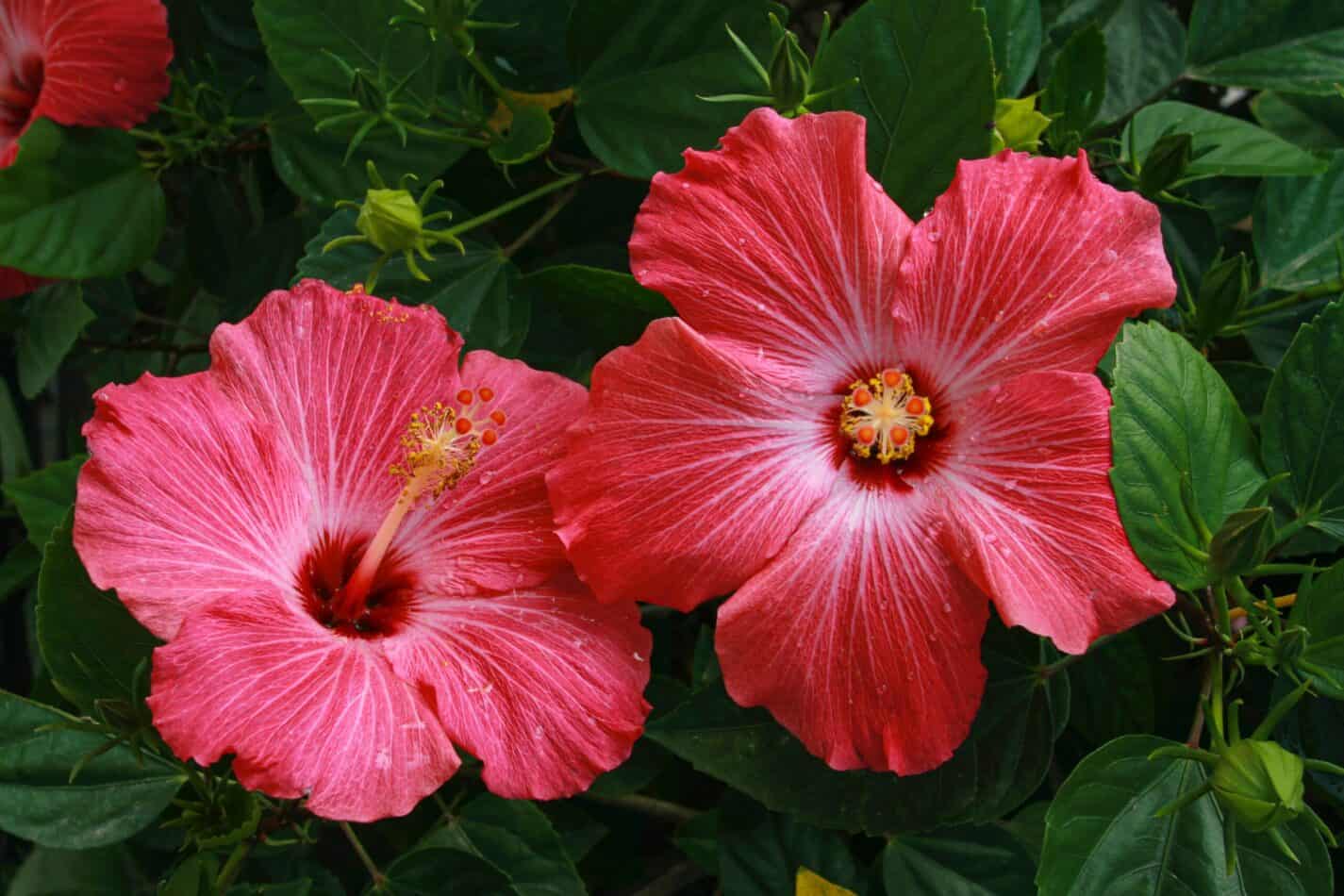Rosinweeds are attractive wildflowers that look similar to a cheerful sunflower and can grow up to six feet tall. Rosinweed, or Silphium Integrifolium, is named after the sticky sap that secretes from broken stems. Its Latin family name is BALSAMINACEAE, meaning “impatient” due to the exploding nature of its dry seed head. A hardy and drought-tolerant plant, it is suitable for both indoor and outdoor potting and can spread aggressively if not planted in an appropriate place such as wildflower gardens or meadows.
How to Plant
Rosinweed should be planted in sunny areas, preferably facing south where its blooms will receive maximum sunlight. An ideal soil type should be well-drained and loamy. It prefers a higher soil pH with a range of 6.0 to 7.0. The addition of organic matter is beneficial, as rosinweed has deep roots that will expand upon being fertilized. The growth of rosinweed is best when planted in moist soil that is 1 inch deep and moist, with watering every other day depending on the temperature. To avoid the spread of rosinweed, the location it is planted in should not have any potential outlets of water such as a pond or riverbank.
Meaning and Symbolism
The rosinweed has various meanings and symbolism. It is commonly associated with energy, strength, luck, and resilience. It is a symbol of inner strength, firmness and determination. This plant is highly persistent and signals a reminder to be strong in times of difficulty. In addition, rosinweed also has strong characteristics of bravery and fortitude, encouraging one to stay strong in the face of an obstacle.
History, Mythology, Religious Significance
Rosinweed has long been regarded by many cultures in history. In ancient Greece, it was depicted on coins such as the tetradrachm. This reflected the goddess of wisdom, Minerva, as commemorated in the image of the rosinweed. In the Middle Ages, it was seen as a symbol of truth and sincerity, giving it an important place in mythology. In Christianity, rosinweed is known to represent faith, purity, and honesty. It is also regarded as a powerful symbol of protection against evil and bad luck.
Flower Varieties and Their Defining Characteristics
There are many varieties of rosinweed that each possess unique attributes. These varieties of Silphium Integrifolium include;
- Silphium Decurrens – This variety has a much wider petal and calyx than other rosinweed varieties. Its petals are a bright yellow, and its calyx is a deep yellow. It grows in open meadows and is generally taller than other varieties.
- Silphium Ternatum – This variety also has a yellow color to its petals and calyx, with a slightly darker yellow coloration. Its petals are more narrow compared to Silphium Decurrens and it generally grows to a shorter height.
- Silphium Ligulatum – This variety has slightly paler petals than other varieties, with a cream-like color. Its calyx is also lighter compared and can look almost green in some cases. It usually grows in moist meadows and can reach up to 3 feet tall.
How to Pot and Repot
When potting or repotting rosinweed, the best time is in the early spring months of March through May, when flowers and foliage are cold hardy. Rosinweed should be placed in a pot that is at least 10 inches deep and should lined more than halfway up with a potting mix. Ensure the pot has plenty of drainage holes and a layer of gravel to aid with water absorption and/or aeration. Water lightly and use an all-purpose fertilizer once every two weeks throughout the season. Ensure the leaves of the rosinweed do not become damp in summer months by setting the pot in a shaded area or by propping it up in the sun. Rosinweed should be repotted every two years, taken out of its container, lightly pruned, and then replaced. Be sure to check if the roots are healthy and whether they have become rootbound by their pot.
How to Prune
Rosinweed is a perennial plant, meaning it revives and grows from the same roots، so basic removal of dead or reedy stems is all that is needed for typical pruning. To help promote bushier and fuller plants, you may opt for light pruning in late Winter of any weak or dead stems, or all stems down to three inches tall. Do not prune too dramatically as this can stunt the plant’s growth and prevent it from reaching its ideal mature size. To further shape and tame the growth, pinch or shear off the tips of branches while they are still young and flexible. This will promote bushier and fuller plants, creating a denser growth each season.
How to Propagate
Propagation of rosinweed is easy, but requires patience and careful attention. The basic method of propagation for rosinweed can involve digging up a mature plant clump and dividing it in several sections. Each section should have some of the root system intact and separate. Plant these pieces into pots and place them in partial sun and water them several times a week and fertilize them when necessary. Healthy cuttings can be taken from the top of the rosinweed and placed in rooting hormone. Roots should begin to sprout within a few weeks and then you can transplant the cuttings in a pot with soil.
Common Pests and Diseases
Rosinweed can become victim to common pests such as aphids, caterpillars, Japanese beetles, and leaf miners. Depending on the infestation and how much it has spread, gardeners can opt for a variety of pest control methods such as spraying with insecticidal soap, horticultural oil, or neem oil. Regularly monitoring the plants is key to keeping pests at bay or to diagnose diseases early on. The most common disease associated with rosinweed is root rot, which is caused by overwatering and can cause the plant to be stunted or even die if not treated soon enough. Treat root rot with fungicides, or by simply a reintroduction of proper watering technique.
Questions and Answers
- Does Rosinweed spread easily? Yes, when not planted in an appropriate place, it can spread aggressively.
- What kind of soil does it prefer? This flower prefers a well-drained and loamy soil and would need an addition of organic matter.
- How should rosinweed be pruned? It should be pruned lightly in late winter where you remove any dead or reedy stems and pinch or shear off the tips of branches while they are still young and flexible.
Fact Sheet
| Plant Type | Perennial |
|---|---|
| Family | Balsaminaceae |
| Mature Size | Up to 6 feet tall |
| Sun Exposure | Full sun |
| Soil Type | Well drained and loamy |
| Soil pH | 6.0-7.0 |
| Bloom Time | June to September |
| Flower Color | Bright yellow |
| Hardiness Zones | 3- 8 |
| Native Area | Eastern and Central U.S. |
What we love from Amazon this week
Buy these wonderful flowers directly from Amazon:















